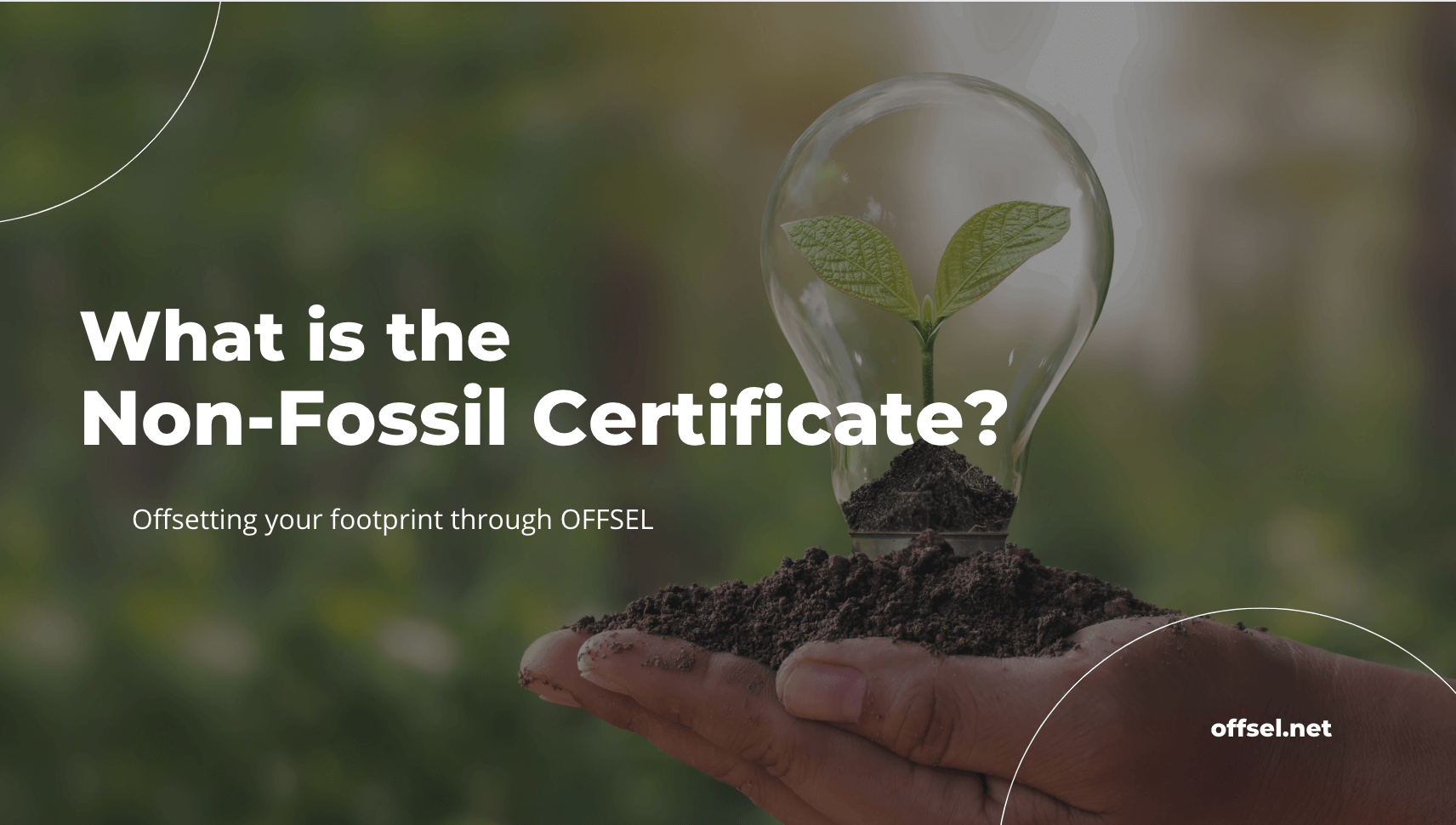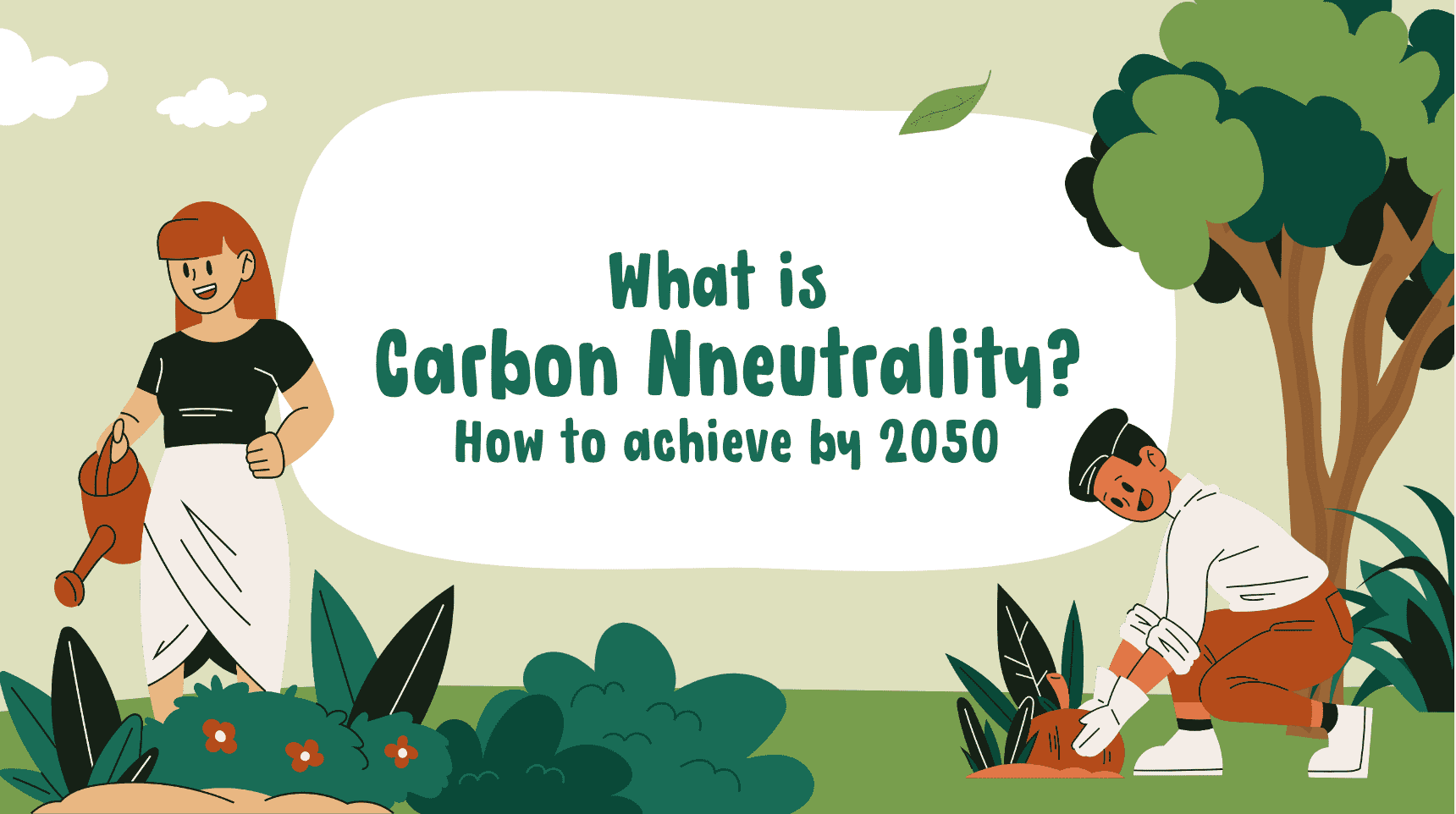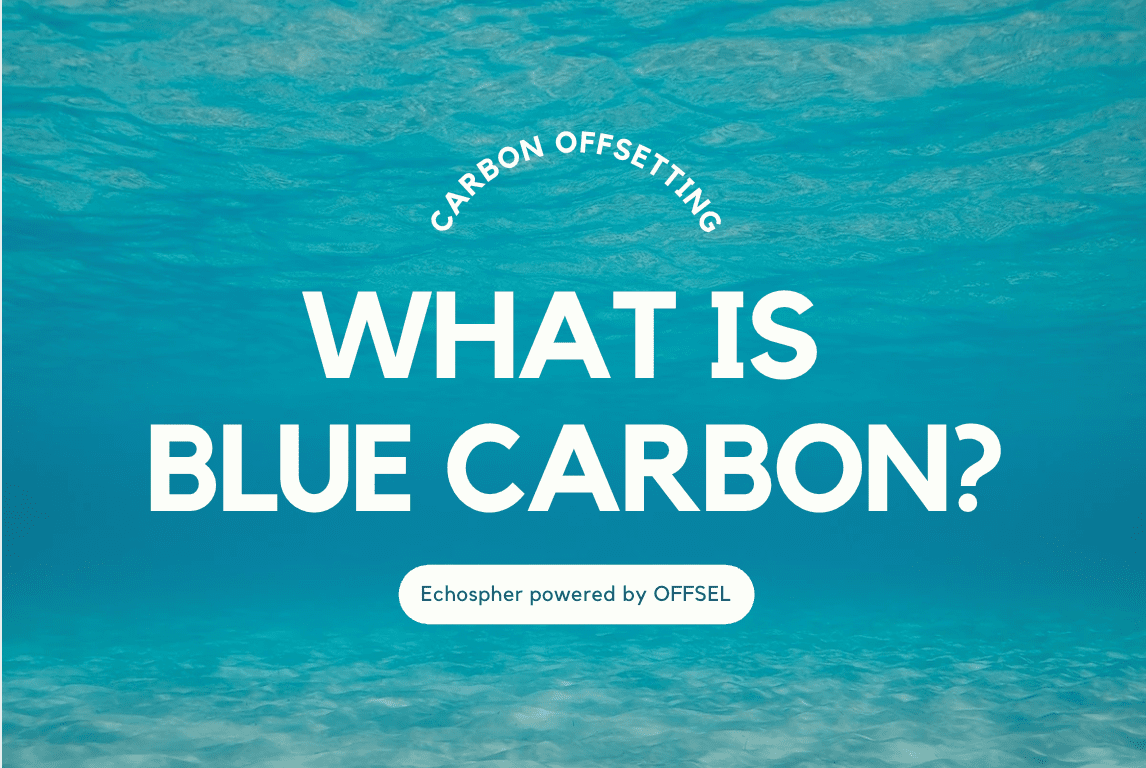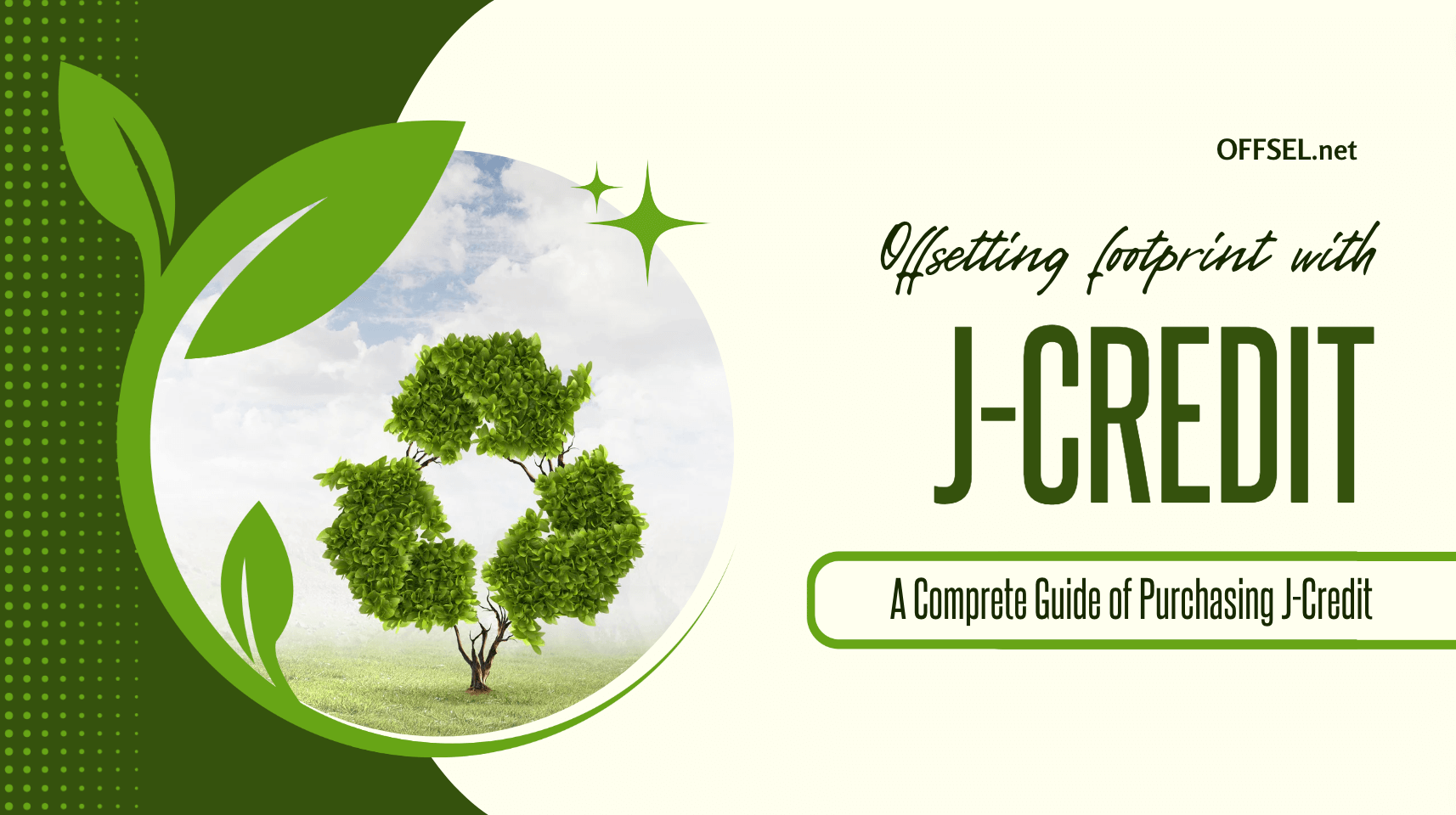What is the Science Based Targets initiative (SBTi)?
- CO2-reduction
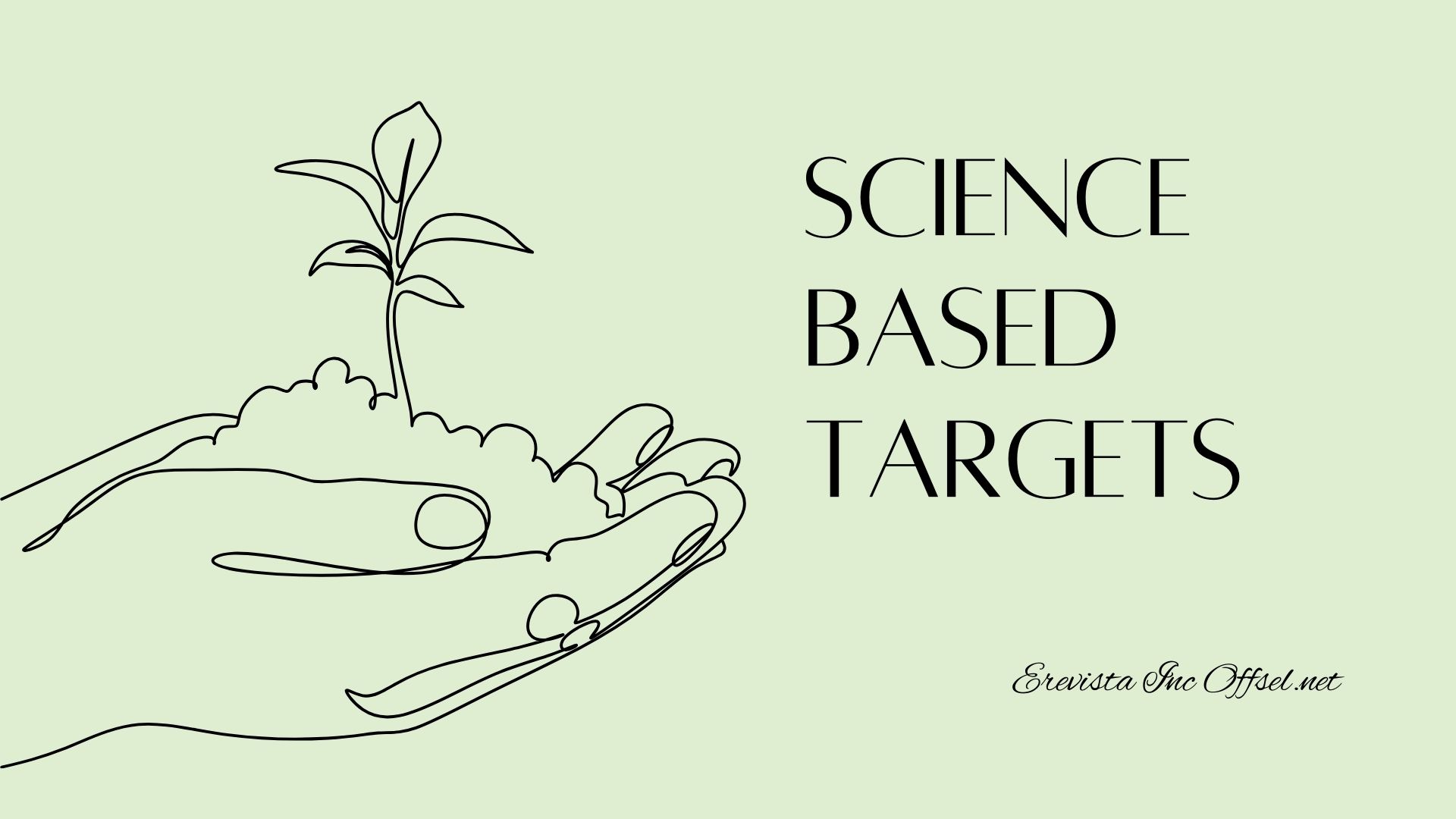
SBT stands for Science Based Targets, an international initiative that serves as one of the indicators for companies to set “greenhouse gas emission reduction targets.”
In recent times, due to the global warming, various issues such as climate change and the extinction of species are occurring, and various strategies related to environmental problems are being established around the world.
Notably, the Paris Agreement in 2015 led to the birth of multiple strategies, such as “TCFD” and “RE100”, by advocating for decarbonization and carbon neutrality.
This article provides an easy-to-understand explanation of one such international strategy, the SBT.
Table of Contents
What is the SBT(Science Based Targets)?
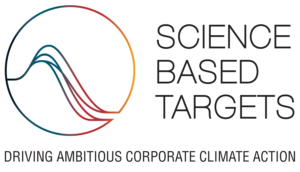
SBT (Science Based Targets) refers to greenhouse gas emission reduction targets that are aligned with the level demanded by the Paris Agreement. It matches with the 2015 Paris Agreement’s objectives that sets a ‘2°C target’ for achieving the limit of the temperature rise since the Industrial Revolution to below 2°C (or even 1.5°C).
Companies are required to set targets for reducing their greenhouse gas emissions in alignment with the international goal. SBT certification offers companies to set numerical targets that comply with international standards and enhance their social reputation during reporting.
Difference between RE100
While RE100 focuses on adopting renewable energy, SBT targets to reduce a company’s greenhouse gas emissions. Both aim to reduce greenhouse gas emissions, however, SBT sets a higher goal.
In SBT, greenhouse gas emissions are classified into three scopes:
- Scope 1: Direct emissions from the company itself (e.g., fuel combustion, industrial processes).
- Scope 2: Indirect emissions associated with the use of electricity, heat, and steam supplied by other companies.
- Scope 3: Other indirect emissions not covered by Scope 1 and 2, related to activities of other companies linked to the business.
In this classification, while RE100 satisfies the conditions of Scope 1 and Scope 2, SBT additionally requires meeting the conditions of Scope 3, making it more challenging. However, for small and medium-sized enterprises (SMEs), Scope 3 emissions are not included in the target range for greenhouse gas reduction under SBT.
Key commitments to SBT
Companies are required to commit to developing science-based targets for reducing greenhouse gas (GHG) emissions. This commitment reflects an organization’s intention to establish targets and submit them for validation within a 24-month period.
Short/Long-Term targets
Science Based Target initiative distinguishes between short-term targets that usually cover a 5-10 year period, and long-term targets aligned with achieving net-zero emissions by 2050 (2040 for the power sector).
Short-term targets are critical for significant emissions reductions by 2030, while long-term targets indicate the degree of emission reductions needed to achieve net-zero.
Temperature alignment
This is a key concept in SBT. It refers to the degree of global temperature increase that companies are aiming to align with, based on their scope 1 and 2 targets. 1.5°C, below 2°C, 2°C are 3 different classifications, and as of July 15, 2022, SBTi accepts only scope 1 and 2 target submissions that are in line with a 1.5°C trajectory.
Compliance with commitment policy
If a company does not submit their targets within 24 months of their commitment, it will be identified as ‘Commitment removed’.
This new policy, effective from January 31, 2023, ensures that companies stay committed to their target development and submission timelines.
Sector-specific guidelines and policies
The SBTi has specific policies for different sectors, such as the oil and gas sector and automakers, which are tailored to address unique emissions profiles and challenges of each industry. For example, automakers have a temporary pause on target validations and updates until 1.5°C scope 3 targets for use-phase emissions from new road vehicles are developed and approved.
Transparency and reporting
Companies are expected to disclose company-wide emissions and progress against targets on an annual basis. It is crucial to be transparent in businesses for stakeholders and align with global efforts to improve climate change.
Sources: SBTi-criteria
Offsetting your carbon through OFFSEL An authorized agent, OFFSEL is a Japanese service that sells I-RECs at the cheapest price, aiding corporations and local governments in carbon offsetting and decarbonization efforts. |
Benefits of setting Science Based Targets
Opportunities in ESG investing
In recent years, the ESG (Environmental, Social, and Governance) investment market has continued to expand. ESG investing refers to investments that consider not only traditional financial information but also factors related to the environment, society, and governance.
According to the Ministry of the Environment, the global ESG market has grown by approximately 1.3 times from 2016 to 2018, and it is expected to continue maximizing. Japan’s market share was about 2% in 2016 and it increased to approximately 7%.
SBT (Science-Based Targets) certification offers the growing ESG market to appeal to investors and facilitate more favorable fundraising.
Getting high value from CDP
CDP(Carbon Disclosure Project) is an international NGO that aims to provide environmental information of various companies to investors. It investigates and evaluates companies’ responses to management risks caused by climate change and other environmental issues and then publishes the findings.
CDP prepares questionnaires in several fields such as ‘Climate Change’, ‘Water Security’, and ‘Forests’. The organization is known for assessing corporate environmental initiatives from various perspectives.
Companies that engage in environmental efforts, like SBT (Science-Based Targets) and RE100, can receive high evaluations. It allows them to appeal their activities to investors and make a significant impression.
SBTi Monitoring Report 2022
The SBTi Monitoring Report 2022 reflects a notable advancement in the field of science-based targets (SBTs) for climate action.
How to apply SBT
Here is the application procedure for SBT:
- Submit a Letter of Commitment to the SBT Secretariat.
- Apply an application for SBT certification to the SBT Secretariat.
- The SBT Secretariat reviews and responds to the validity of the targets.
- The targets are published on the SBT website
In this article, we introduced an overview of SBT (Science-Based Targets), its benefits, and corporate examples. SBT refers to corporate greenhouse gas emission reduction targets that are aligned with the levels demanded by the Paris Agreement. With many companies working towards obtaining SBT certification, a significant reduction in greenhouse gas emissions is achievable.
Offsetting your carbon through OFFSEL An authorized agent, OFFSEL is a Japanese service that sells I-RECs at the cheapest price, aiding corporations and local governments in carbon offsetting and decarbonization efforts. |
You May Also Interested In
A guide of Carbon Neutrality – What is the Difference between Net Zero and Decarbonization?
Everything About Carbon Credits: How They Work and their Benefits.
CONTACT US
Please feel free to contact us at anytime.
We will get back to you as soon as we
can!
Editor
OFFSEL Owned by Erevista Inc, OFFSEL is specializes in Environmental issues, especially in carbon neutrality. We primarily provide the latest information on environmental energy.

